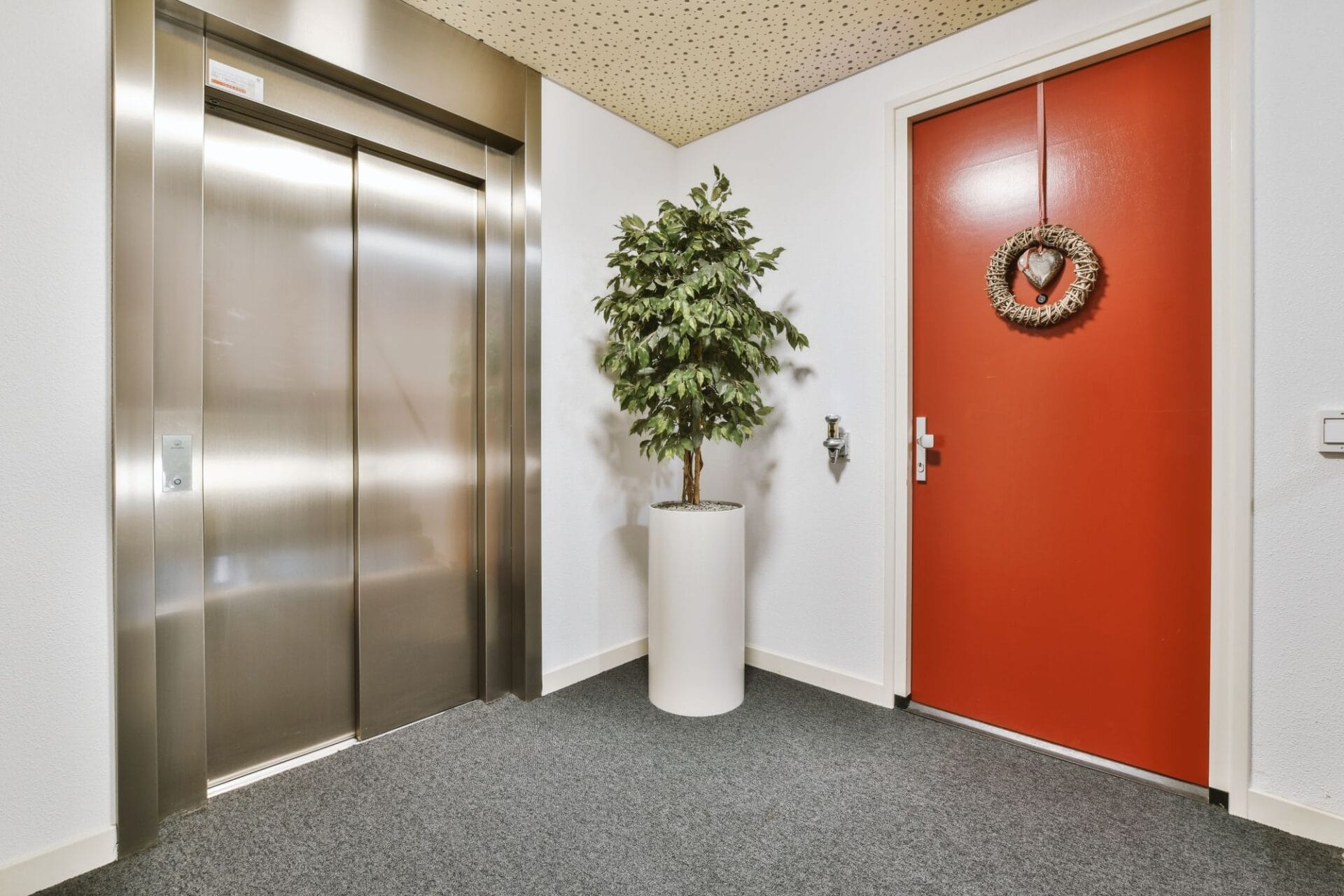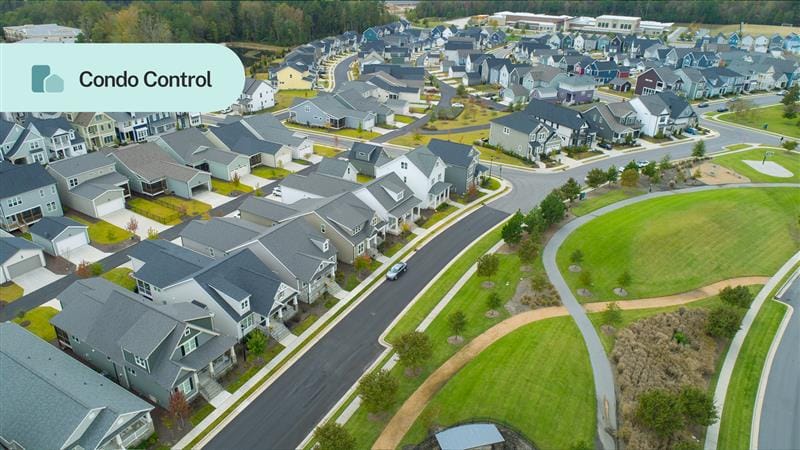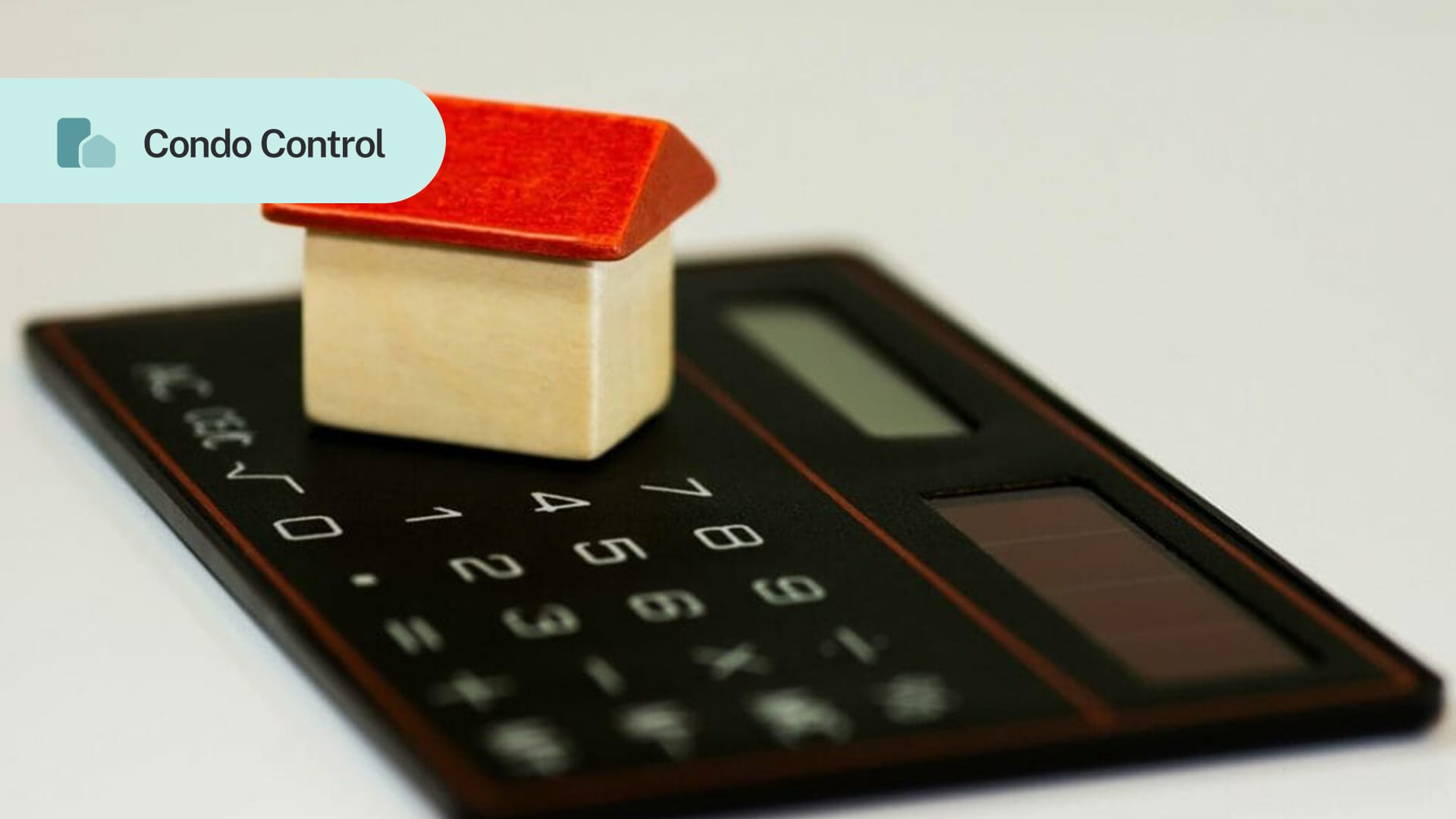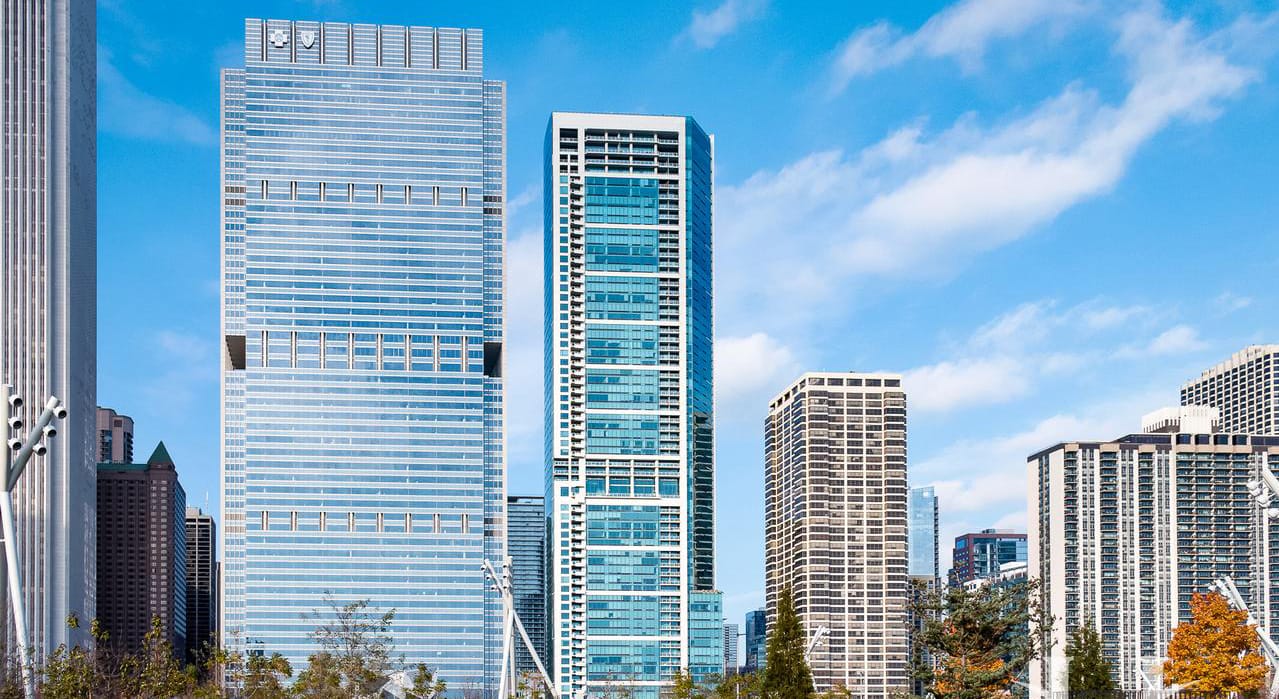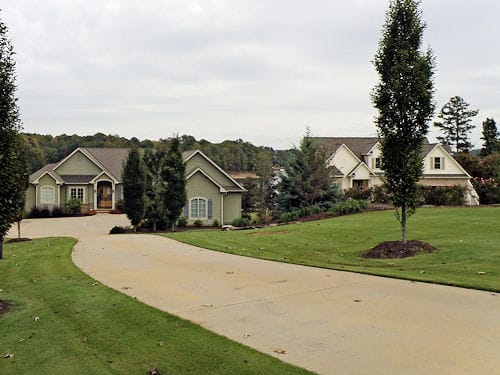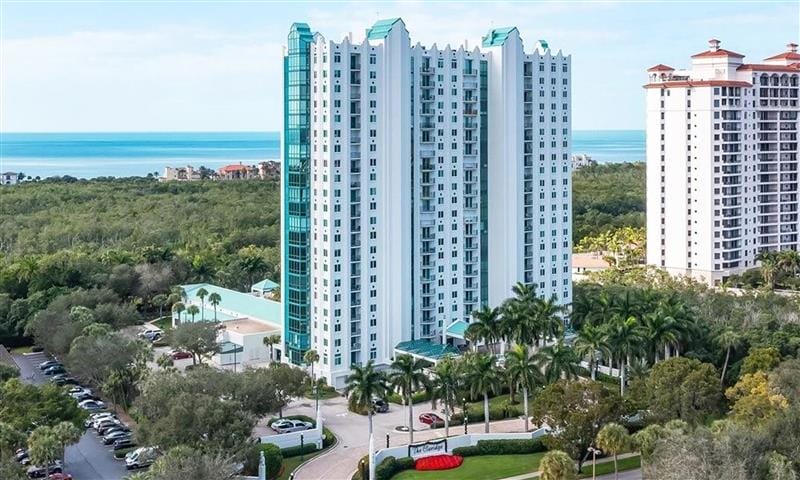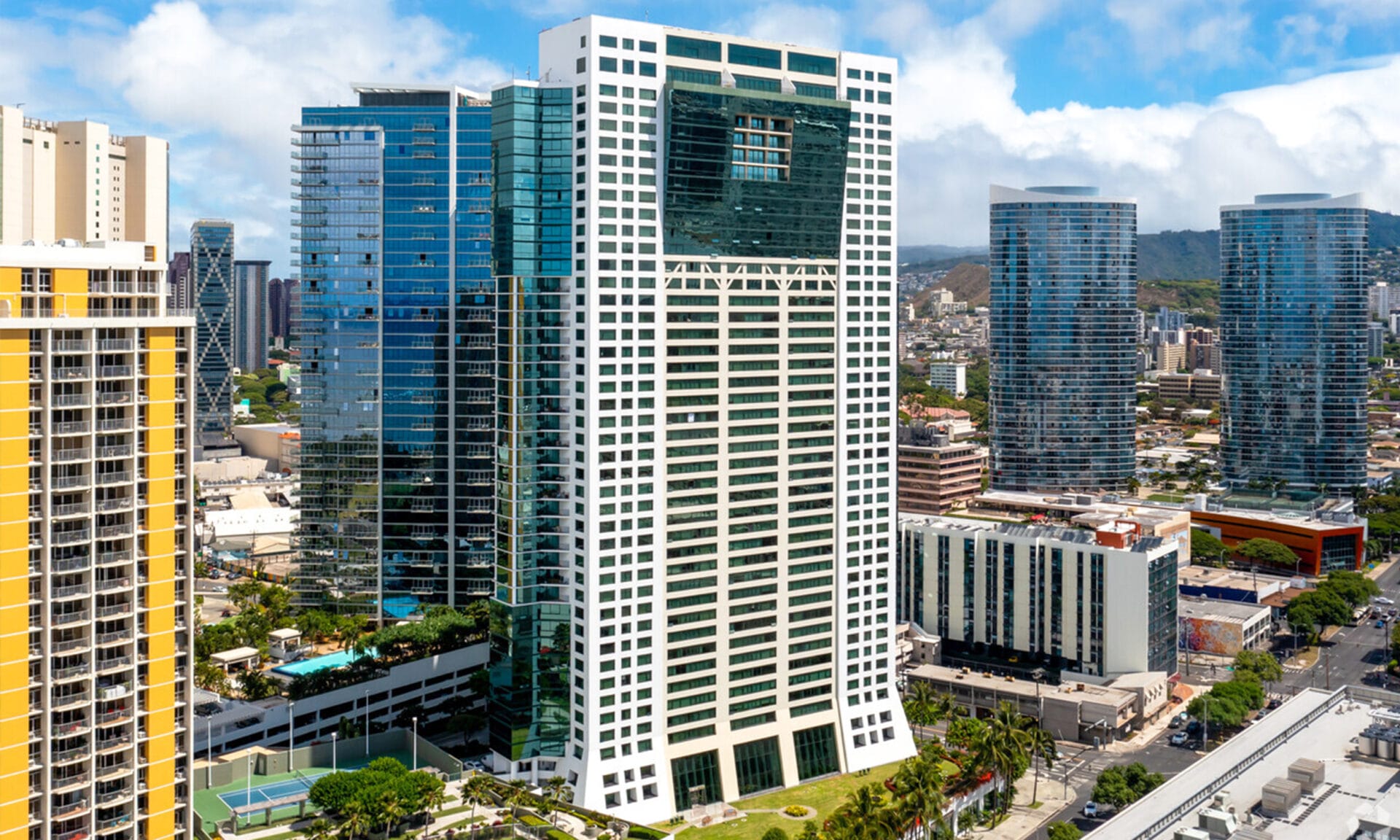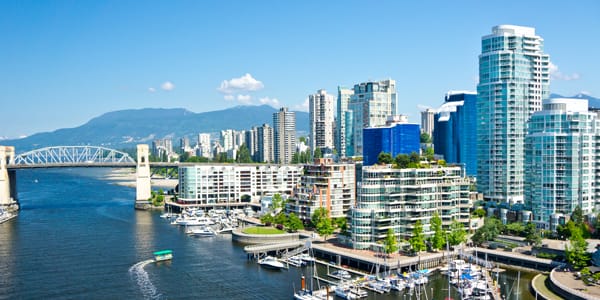Are you on the HOA community board, ready to champion the cause of maintaining reserve funds? It’s a noble task, but let’s be honest—it’s no walk in the park. It takes commitment and a set of best practices to guarantee the long-term sustainability of your HOA reserve funds, especially when the unexpected comes knocking.
Join us on a journey through essential tips and insights, simplifying the path to a resilient and enduring financial future for your community. It’s not just about managing funds; it’s about securing the stability of your HOA in times of need.
What is an HOA Reserve Fund?
An HOA reserve fund is like a savings account for your community. It’s money set aside by the association to handle big jobs like fixing shared roads, getting new roofs on community buildings, or sprucing up common areas. These funds make sure the HOA can manage these projects without hitting homeowners with sudden, hefty bills.
By collecting a bit from homeowners each month, a well-funded reserve account helps cover up for unexpected repairs and long-term upgrades, such as fixing a community pool, getting a new roof for the clubhouse, or upgrading shared spaces. In short, it’s a smart way to plan for big expenses and keep your property values in tip-top shape.
Understanding the Importance of Adequate Reserve Funds
Understanding the importance of having enough reserve funds is key to the financial well-being of homeowners and condominium associations (HOAs). Well-funded reserves offer several advantages that safeguard the community and its property values.
Maintain Property Values
HOA reserves play a vital role in upholding property values. They ensure that essential maintenance projects, such as roof replacements or playground repairs, can be undertaken. This ongoing care contributes to the curb appeal and lasting value of homeowners’ properties.
Avoid Special Assessments
Special assessments can be a headache for homeowners, often arising due to a lack of funds for major community projects. Adequate reserves help minimize the need for these sudden, unplanned expenses, providing financial stability and predictability.
Avoid Spikes in Annual Dues
Allocating funds to an HOA reserves account reduces the likelihood of significant increases in yearly dues. This proactive approach ensures that the costs of expensive projects are already factored in, preventing sudden financial burdens on homeowners.
Minimize Potential Lawsuits
Special assessments or fee increases can lead to discontent among homeowners, potentially resulting in legal action. Adequate reserves act as a preventive measure, reducing the chances of lawsuits by demonstrating responsible financial planning and allocation.

How much Amount should be in a Reserve Fund?
Determining the optimal amounts for each fund in a homeowners association (HOA) is a critical aspect of financial planning, especially when it comes to the vital reserve fund earmarked for future repairs and replacements.
The key to this decision-making process lies in conducting a thorough reserve study. This study is essentially a crystal ball, projecting potential repair and replacement costs over the next 20 to 30 years. It evaluates the current state of HOA assets, providing valuable insights into future expenses. Armed with this understanding, the HOA can intelligently allocate funds to the reserve account.
Several considerations come into play, including the age and condition of the property, the community’s size, and the types of amenities and common elements that require ongoing maintenance. A meticulous analysis aids in determining the appropriate allocation between the reserve funds.
5 Best Practices to Follow for Sustainable HOA Reserve Funds
If you’re aiming to ensure your HOA reserve funds go the distance and remain sustainable, implementing the right practices is crucial. Here, we present five best practices designed to safeguard the longevity of your HOA reserve funds.
Set Guidelines for a Well-Managed Reserve Fund
Think of your reserve fund like a dedicated savings account, not a piggy bank for every little expense. It’s not meant for small stuff like holiday tips or meeting snacks. While having a sizable fund might look tempting, it’s important to set clear rules to keep it on track.
Your community’s rules, often found in governing documents, outline things like:
- What the fund can be used for Usually emergencies and high costs, not everyday things.
- Who decides when to use it: Usually, it needs a majority vote from the board.
- How much residents contribute: Monthly fees go into the fund.
- Where it’s kept: Is it in a bank or an investment account?
- How it’s monitored: Regular check-ins to make sure it’s healthy.
With these rules, everyone on the board knows how the reserve fund operates and what it’s meant for. This clarity prevents the fund from being forgotten or misused, keeping it strong and ready for when it’s truly needed.
Conduct Smart Investment Moves
Making the most of your reserve funds involves smart investment strategies that balance safety, low risk, and easy access to cash for surprises. Consider these secure options for HOA reserve fund investments:
- FDIC-insured accounts: These offer a safe haven for your funds with federal insurance protection.
- Bank savings accounts A simple and secure option for keeping your money accessible.
- Treasury bills: Government-backed securities known for their safety and reliability.
- Certificates of deposit (CDs): Time deposits with fixed interest rates, providing a predictable return.
By thoughtfully choosing these investment options and weighing factors like safety, accessibility, and returns, your HOA can navigate the financial landscape effectively. This ensures your reserve funds are not just stored away but are ready to step in whenever the community needs them.

Keep a Sharp Eye on Finances
While estimating costs for your reserve fund is a good start, let’s face it—you’re probably not an expert in all things roofing, landscaping, and safety requirements. You’re doing your best, but there’s room for error.
That’s where reserve studies come in. Think of them as a detailed examination conducted by experts, often led by your property management company. They scrutinize your building assets, leaving no stone unturned to precisely determine what’s needed to keep your fund in top shape.
You don’t have to make these studies an annual ritual, but doing them every couple of years is a smart move. Your property management company, with its keen eye, can uncover risks and upcoming expenses you might have missed. This heads-up allows you to save up in advance, steering clear of loans or unexpected special assessments. It’s like having a financial health check for your community.
Maintain a Good Reserve Level
So, you’re all in for managing your reserve fund—great move! But now, the big question hits you: How much money should your fund hold? It’s a bit like asking, “How long is a piece of string?” The answer? It depends on your building.
Here’s a handy rule: set your monthly fees at 20-40% of the total, specifically for the reserve fund. For instance, if you collect $100 a month, aim to stash away $20 to $40 in the reserve. The exact Amount varies based on your building and other fees.
Now, how much should actually be in your fund? Well, that’s a moving target. It fluctuates based on recent expenses. But fear not; you can run some simple calculations to figure out the ideal yearly savings for your reserve fund.
- List your major capital systems: Identify permanent community assets, like common areas, rooftops, gyms, lobbies, and exteriors
- Estimate repair/replacement costs: Overestimate costs to ensure a comfortable buffer. A good property management company can assist
- Determine time until repairs: Figure out when each system needs repair. Your property management company is your ally here
- Calculate annual savings: Divide repair/replacement costs by the time until repairs to get the yearly savings needed for each system
- Sum up the numbers: Add up all the yearly savings to get the ideal amount to set aside annually for your reserve fund
Regularly Review and Adjust
In the dynamic landscape of community living, one best practice that often gets overlooked is the importance of regular reviews and adjustments to your reserve fund strategy. As time goes by, your community’s needs, expenses, and even regulations may evolve.
Schedule periodic reviews—perhaps annually or biennially—to reassess your reserve fund guidelines. Take into account any changes in your building’s condition, the addition of new amenities, or shifts in the economic landscape that might impact costs. This proactive approach ensures your reserve fund remains aligned with the current and future needs of your community.
Regular reviews also offer the opportunity to celebrate your successes and address any challenges. Have your savings met the anticipated targets? Is there a need for adjustments based on unforeseen circumstances? By staying vigilant and adaptable, you’ll not only maintain a healthy reserve fund but also demonstrate a commitment to the long-term well-being of your community.

Wrapping Up
In the journey to ensure the long-term sustainability of your HOA reserve funds, these best practices serve as your reliable companions. From setting clear guidelines to smart investment moves and maintaining the right reserve level, each step contributes to the financial health of your community.
Remember, it’s not just about today; it’s about securing tomorrow. Here’s to a future where your HOA thrives, well-prepared for whatever financial challenges may arise.

